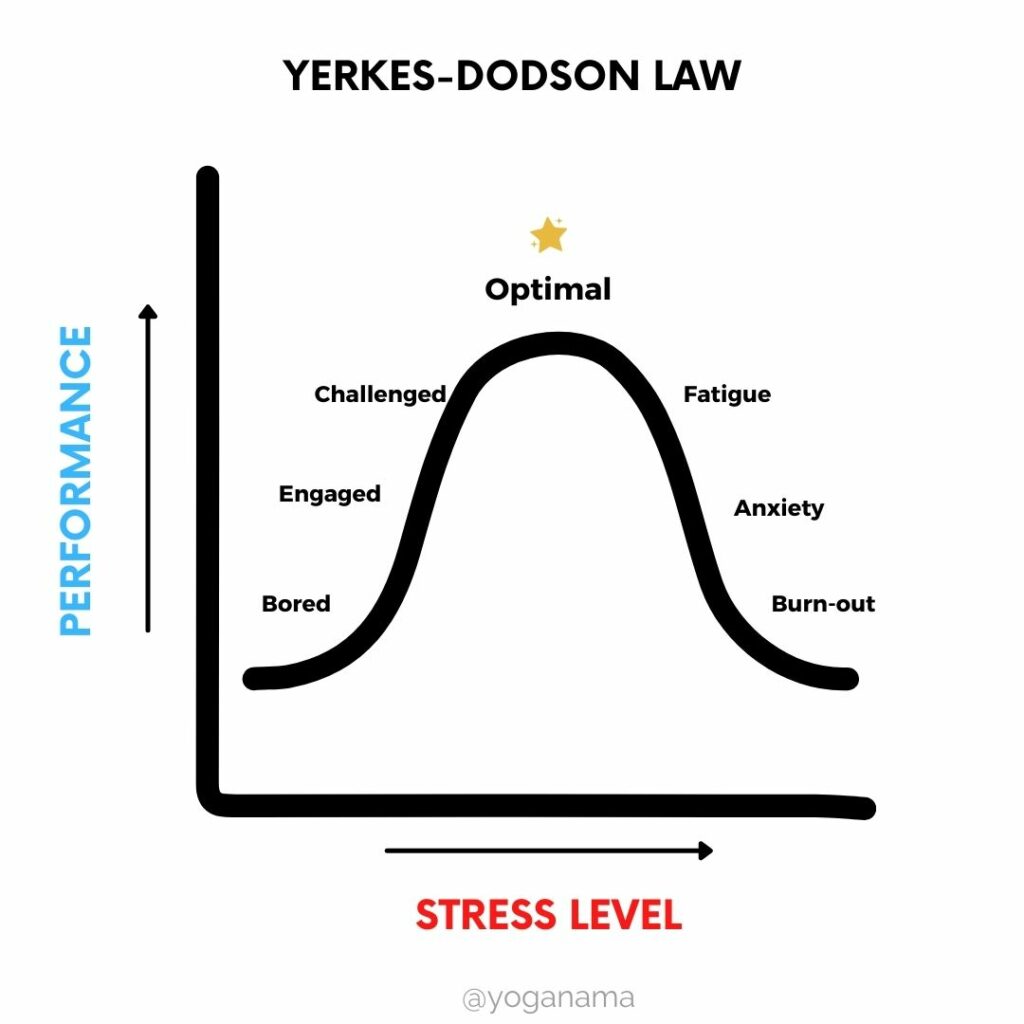Did you know that employees were spending more time in front of their computers while working from home than when they did at the workplace? Ironically, despite all this extra screen time, productivity reduced, anxiety increased and interpersonal relationships suffered.
Why Corporate Wellness Programs matter
The Covid-19 pandemic has been a watershed event for the corporate sector due to the drastic impact on employee mental health, unprecedented transition to work from home, increased stress and anxiety over health and finance. Eventually culminating in what is being called the Great Resignation. Already more than 19 million US workers have quit their jobs since April 2021. India is not immune to the phenomenon as the attrition rates increased from 12% in 2020 to 21% in 2021.
All of this comes at a cost – As per the ASSOCHAM report Preventive Healthcare: Impact on Corporate Sector’ every rupee spent on prevention saves 6.62 rupees in healthcare costs and 133 rupees in absenteeism costs. As per this Harvard Wellness Program meta study medical costs fell by about $3.27 for every dollar spent on wellness programs and absenteeism costs fell by about $2.73 for every dollar spent. The World Health Organisation estimates that India will suffer economic losses amounting to a staggering 1.03 trillion dollars from mental health conditions between 2012 and 2030.
This has made employee health and wellbeing a key priority not just for HR but also for leaders across the globe.
A clear majority (78%) of employers in India plan to use their wellbeing programme as a differentiator in three years, compared to only 22% who are doing so today ~ Wills Tower Watson 2021 report
What causes employees to get chronically stressed or burn-out?

Just before the pandemic started, WHO took an important decision to change the definition of ‘burn-out’ in its hand book of diseases. The term was added only a year before and referred to mild stress related unhappiness. But given the increasing prevalence of this condition, and impact on employee wellbeing, WHO recognised its severity in the new definition – calling it a syndrome resulting from chronic workplace stress which was not successfully managed. This was a radical change and would help validate people’s experience and distress.
The simplest way to describe burnout is a state of vital exhaustion. It was first coined in 1970s and was described as the consequence of severe stress and high ideals. It was used specifically for ‘helping’ professions like doctors and nurses leaving them exhausted, listless and unable to cope. But the term has been expanded as burn-out can impact anyone – homemakers, celebrities, career-driven employees or highly idealistic people.
Burnt-out employees suffer from fatigue and overtiredness, disinterest or negativity towards their jobs, and reduced professional efficacy. Burn-out is a condition strictly associated with work and does not apply to any other situation. It is influenced by working too much or by the type of relationship we have with our work.
Burn-out is a very common phenomenon and symptoms are often similar to depression but right now both are considered different conditions. However, if left untreated burn-out can result in depression, anxiety, and inability to concentrate.
Acute vs Chronic Stress
Burnout is caused by unmanaged chronic stress. Chronic stress simply means long term stress. It is different from acute stress which is generally short lived – like narrowly avoiding an accident, or having an argument with your partner, in an otherwise healthy relationship. However, a toxic work environment, constant fighting and bickering in relationship, a terrible boss etc can have long term consequence on employee health. Chronic stress can result in depression, anxiety, insomnia, high blood pressure, and a weakened immune system.
Here are some things that can contribute to chronic stress:
- Unrealistic expectations or high pressure
- Lack of work life balance or long work hours
- Sedentary lifestyle and lack of activity
- Irregular eating habits
- Poor sleep quality or lack of sleep
- Job/ financial insecurity
- Interpersonal conflicts
- Low job control
- Lack of fresh air
Is stress always bad?

No, stress isn’t always bad, but like everything else it is good in moderation. Some amount of stress is useful as it helps us deliver to our highest potential. But there’s a tipping point, once stress crosses this threshold, our productivity starts declining. This is called the Yerkes-Dodson law. As per this there are some tasks that need to be done with low levels of stress, as that enables an employee to concentrate and focus better – these are usually difficult or unfamiliar tasks. But some tasks are done better under higher levels of stress, such as the one’s that require stamina or persistence, as stress hormones can help increase motivation levels. However, the tipping point exists for all tasks, when high stress levels will start reducing employee performance.
There are many reasons why an employee may suffer from chronic stress it could stem from their personal life, or a poor relationship with their work supervisor. Which is why minimizing triggers of stress require effort from both the employee as well as the organization to create a harmonious and pleasant work environment.
That is why it is important to seek help and learn coping mechanisms like Yoga to help you manage ongoing stress and mitigate as well as delay the situation where our stresses become unmanageable for our body.
The good news is, as a result of increased awareness, and research an increasing number of organizations are working towards creating comprehensive wellness programs for their employees
Corporate wellness Initiatives by India Inc.

GE launched ‘It’s okay not to feel okay’, a campaign to help employees break the psychological barriers. Nova Benefits & Zest Money tied up with experts to offer free mental health counselling at the workplace. Social ecommerce platform, Meesho, as per its ‘reset and recharge’ policy, gave its employees 10 days off in Nov 2021. This was the first of its kind initiative in India, and it helped their employees completely unplug from work to rest and rejuvenate. Microsoft tied up with Singapore based Jove to build mental wellness into Microsoft Teams. And P&G one of the pioneers in the corporate wellness space, has extended medical and workplace benefits to the partners of LGBTQ+ employees.
This reflects a drastic the shift in organizations attitude towards a highly taboo subject in India. However, these are still early days, and these initiatives are baby steps and leave a lot of ground to be covered. Out of over 1 million companies registered in India, only 1000 are estimated to have some kind of employee assistance program. That isn’t nearly enough, given that 42.5% of employees in the Indian private sector suffer from anxiety and depression.
What has effectively been a “don’t ask, don’t tell” approach to mental health in the workplace is becoming instead “do ask, do tell, let’s talk.” There is a coming revolution in how companies (and public-policy makers) think about, talk about, and cope with all forms of mental health issues.
~ Mckinsey & Company, Mental Health in the work place (2020)
But, is it enough?
While there’s greater awareness and care being demonstrated by organisations towards employee wellbeing, it often focusses on treatment, rather than prevention. Many interventions are also disjointed with one-off initiatives that only look at an isolated aspect of health and wellbeing. One yoga class, a free consultation, or giving out free gym memberships do not inspire or motivate employees. Instead organisations need to bring continuity in their wellness initiatives while also empowering employees by teaching them techniques to self-manage stress.
And yoga is one such practice that is easy, accessible and effective and can help employees manage stress, increase energy levels and improve overall quality of life.
Preventive wellness & Yoga

Yoga is a powerful stress management practice that is accessible to everyone and can be practiced anywhere. The most unique aspect of Yoga is that it integrates all three aspects of overall wellbeing – body, breath and mind. By combining Postures, Breathing exercises, and Meditation yoga offers a holistic process that helps employees tackle stress by releasing tension from the body, by calming down the nervous system, and by improving relaxation as well as cognitive skills through concentration exercises and meditation.
- Yoga Asanas
Yoga postures help release hormones that improve mood, lower anxiety and leave you with feeling happier and positive. One of the reasons this happens is that Yoga practice has been associated with higher endorphins and GABA levels in the brain . Endorphins are feel good hormones that reduce pain help us feel more positive. GABA is a neurotransmitter that has a protective and calming effect on the brain which helps relieve anxiety, and improve sleep. Even one yoga class a week has been shown to have positive effect on the mood of employees.
- Pranayama
Pranayama refers to the breathing exercises of Yoga and they’re even more effective than Asana practice when it comes to mood and behaviour. Because breath helps us instantly tap into our nervous system to calm down, relax and diffuse tension. Which is why even a few deep breaths can have a profound impact on our state of mind especially when anxious or angry. Breathing exercises have a positive impact on heart rate and blood pressure, they reduce food cravings and help in weight management. Yogic breathing exercises also improve our lung health, and are so immensely relaxing they’re also called nature’s Xanax.
- Meditation
Meditation is the final pillar of a wholesome yoga practice, and it is the most powerful of all. Because it helps us directly influence our mind and make long term changes in our personality as well as our ability to cope with stress. Regular meditation practice strengthens some areas of the brain which helps us become mor rational and less emotional. Meditation also improves focus and concentration, enhances cognitive skills and helps us be more creative. Not only that, regular meditation has also been found nearly as effective as taking pain killers when it comes to pain management.
You can customise Yoga based Corporate Wellness interventions

In fact, the science of Yoga is so comprehensive that it can be customised for different ailments as well as different personality types. Not all employees are equal, and neither are their problems. But Yoga gives you the opportunity to customise practices and programs for different needs. You can even convert Yoga programs into little capsules – like
- a 5-min pranayama capsule to practice before an important presentation or public speaking
- a 3-min meditation capsule to unlock creative thinking
- a 10-min treatment for stiff and tense lower back, or
- a 5-min relief for sore wrists or text neck from excessive computer or mobile phone use
You can even use yoga in case of panic attacks, stage fright, fatigue, dullness, or even a surge of anger and frustration can be addressed by just a few minutes of deep breathing. Which is what makes it an excellent complimentary practice to other modalities like counselling or rehab.
Conclusion
Yoga is an evidence based, effective way to empower your employees to take charge of their health and wellbeing. Employees can learn powerful coping mechanisms to prevent stress from becoming unmanageable too soon. Because unmanaged stress results in one of the most rampant ailments at the modern workplace – employee burn-out.
Even one yoga class a week has been shown to have a significant impact on employee mood, morale and energy levels. Consistent practice also helps reduce verbal aggression such as bullying and criticism. Regular yoga interventions at the work place are very effective in reducing stress, improving overall mood, leading to better concentration, more confidence, better decision making, happier teams and higher productivity.







